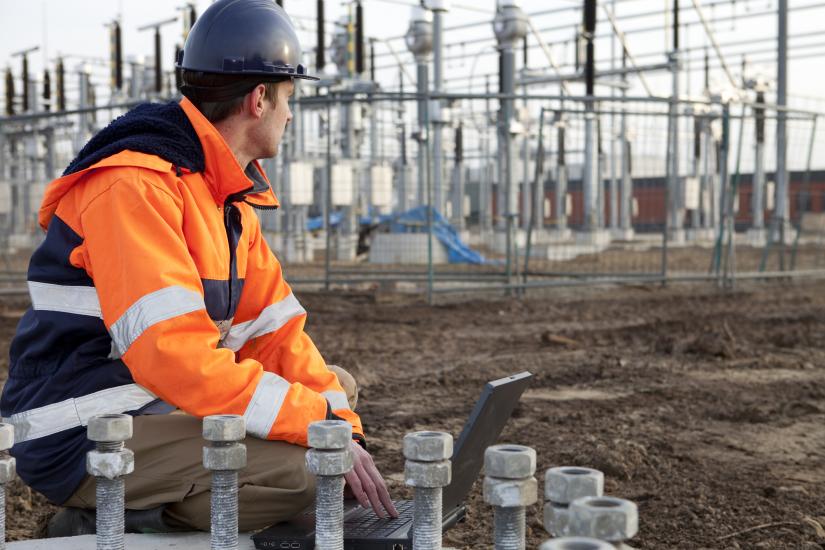ISF was commissioned by Infrastructure Australia in partnership with the Australian Energy Market Operator (AEMO) to assess and understand the labour and material requirements for the transmission and generation projects identified in AEMO’s 2020 Integrated System Plan.
The Market Capacity for electricity generation and transmission projects report responds to a request from the Council of Australian Governments in March 2020 for Infrastructure Australia to regularly report on the capacity of the market to deliver on the record investment pipeline.
ISF sought to improve the understanding of labour and material requirements to inform and assist governments, transmission network providers, project developers and market bodies.
In 2019-2020, ISF conducted a comprehensive survey of renewable energy labour to form labour demand estimates based on Integrated System Plan (ISP) scenarios.
Report objectives
The Market capacity for electricity generation and transmission projects report forms a part of a larger body of work to analyse market requirements and provides:
- Estimates on the volume labour demands for transmission line and generation construction
- Estimates for volume of concrete and steel demand for the construction of renewable technologies
- Identification and estimates of critical inputs for transmission line and generation construction
- A framework for assessing regional labour markets capacity to meet labour demands.
Further to this, a series of Renewable Energy Zones (REZs) in regional areas have been identified by AEMO as the best locations for large-scale renewable energy generation and storage. The New South Wales, Queensland and Victorian Governments are each developing programs to implement REZs within their states.
Key findings
There is significant volatility in forecasted labour demands and the build out of renewable generation and transmission infrastructure may be significantly impacted by labour and skill shortages. Additionally, the consumption of steel and concrete will significantly increase as renewable energy becomes more prominent, placing constraint on material supply. Further findings regarding market capacity are:
- A forecast average annual growth rate of 33% as industry reports reduced confidence in their capacity to deliver on-time and on-budget.
- Industry indicates a high confidence of delivering 10-15% annual growth, but a low confidence in delivering growth over 18%.
- Demand for plant, labour, equipment, and materials will be two-thirds higher than the previous five years.
- Over the next three years it is expected there will be:
- 120% average growth in demand for materials
- 125% growth in demand for equipment
- 140% growth in demand for plant
- The peak of demand for skills is 48% higher than supply. Meeting this demand would require annual growth of 25% over the next two years, which is more than eight times higher than the projected annual growth rate of 3.3%.
- 34 of the 50 public infrastructure occupations identified are potentially in shortage.
RESEARCH OUTPUTS
Market Capacity for electricity generation and transmission projects (2021) (Report)
Infrastructure Risk Dashboard (2021) (Website)
Researchers
-
Research Director
-
Research Director
-
Senior Research Consultant
-
Research Consultant
-
Senior Research Consultant
Year
- 2021
Location
- Australia-wide
Clients
Infrastructure Australia
Australian Energy Market Operator








